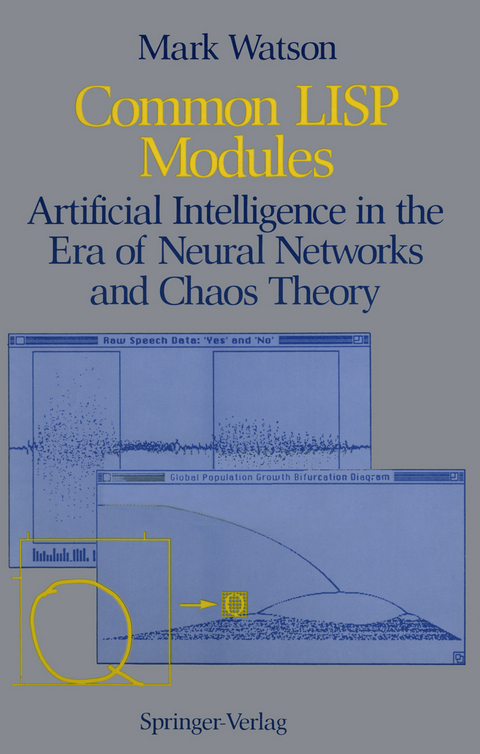
Common LISP Modules
Springer-Verlag New York Inc.
978-0-387-97614-3 (ISBN)
1: Introduction and Device Independent Graphics.- 1. Introduction.- 2. Basic Software Tools: Machine-Independent Graphics.- 2: Artificial Neural Networks.- 3. The Substrates of Intelligence, a Neural Network Primer.- 4. Pattern Recognition Using Hopfield Neural Networks.- 5. Speech Recognition Using Neural Networks.- 6. Recognition of Handwritten Characters.- 7. Adaptive Neural Networks.- 3: Natural Language Processing.- 8. Representing Natural Language as LISP Data Structures and LISP Code.- 9. Natural Language Interface to a Library Database.- 4: Expert-Systems.- 10. Expert-Systems.- 5: Search.- 11. Heuristic Network Search Algorithms.- 12. A Chess-Playing Program.- 6: Chaos Theory.- 13. Introduction to Chaos Theory.- 14. Fractal Images.- Annotated Bibliography.
| Zusatzinfo | 3 Illustrations, black and white; 207 p. 3 illus. |
|---|---|
| Verlagsort | New York, NY |
| Sprache | englisch |
| Maße | 155 x 235 mm |
| Themenwelt | Mathematik / Informatik ► Informatik ► Programmiersprachen / -werkzeuge |
| Informatik ► Theorie / Studium ► Compilerbau | |
| Informatik ► Theorie / Studium ► Künstliche Intelligenz / Robotik | |
| ISBN-10 | 0-387-97614-0 / 0387976140 |
| ISBN-13 | 978-0-387-97614-3 / 9780387976143 |
| Zustand | Neuware |
| Haben Sie eine Frage zum Produkt? |
aus dem Bereich



